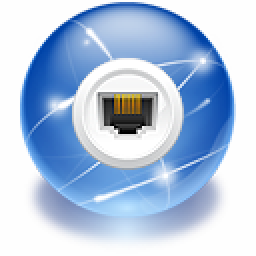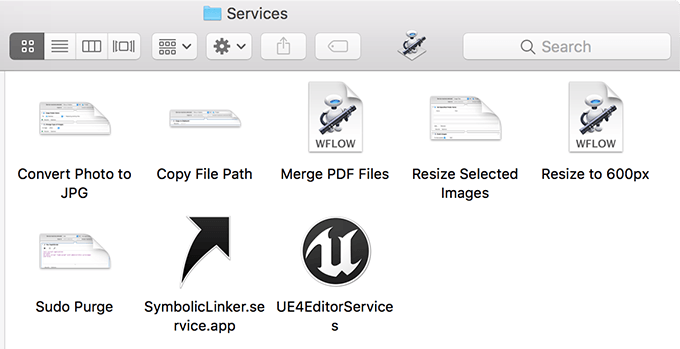

- Symboliclinker mac install#
- Symboliclinker mac archive#
- Symboliclinker mac software#
- Symboliclinker mac code#
- Symboliclinker mac free#
Replace the "themes" folder within your local install of Course Hub with the newly created "themes" symbolic link on your desktopĬongratulations! You now have a local copy of your own Course Hub running. Replace the "pages" folder within your local install of Course Hub with the newly created "pages" symbolic link on your desktop 14. (1) Apps downloaded from the App Store : Click the Launchpad icon in the Dock, and search for the app in Launchpad interface. Create a symbolic link for the "themes" folder, move it to your desktop, and name this link "theme" 13. Additionally, if SymbolicLinker 2.1.1 comes with a built-in uninstaller, or it was installed via the Mac App Store, there is an alternative way you can take to perform the uninstallation. Create a symbolic link for the "pages" folder, move it to your desktop, and then name this link "pages" 12. Open the folder holding the cloned Course Hub repository on your computer 11. Choose where to save the cloned repository and tap "Clone" 10.
Symboliclinker mac code#
Tap "Clone or download" and then choose "Open in Desktop" 9. GitHub - nickzman/symboliclinker: A contextual menu plugin & service for macOS that allows users to make symbolic links in the Finder nickzman / symboliclinker Public master 1 branch 4 tags Go to file Code nickzman Fix release code signing f9c9fb3 on 36 commits SymbolicLinker.xcodeproj Fix release code signing 15 months ago ca. Go to your own Course Hub GitHub repository 8. You create symbolic links using ln -s, so type this part of the command into the Terminal, but don’t press the ‘Enter’ key on your keyboard: ln -s. Symlinks (symbolic links), aliases, shortcuts, junction points, resource forks, and networked folders can be used in the Dropbox folder on your computer to.
Symboliclinker mac software#
Download and Install a Symbolic Link Maker 5.1 For Mac, download and install SymbolicLinkerįrom the MacUpdate site at 5.2 For PC, download and install Link Shell Extensionįrom the software author's site at. You create symbolic links using your Mac’s built-in Terminal: Open a new Finder window. Launch MAMP, start the MAMP server and view the Course Hub in your "htdocs" folder 5.
Symboliclinker mac archive#
Extract the downloaded ZIP archive and copy folder to the "htdocs" folder within your MAMP application folder 4. Download and install MAMPįrom the site at or via this direct link: 3. If you have not yet installed and configured the Course Hub on your Webserver please do that before continuing. Just run this command along with the symlink path: rm /link/path What Is the Command to Create a.

* Since people have asked about the Finder Services menu and what triggers it, the documentation now explains why this submenu appears.Built with Grav - The Modern Flat File CMS On Mac, other than moving the file to the trashbin, you can delete it by using the rm command. SymbolicLinker does this by adding a contextual menu item to the Finder that generates symbolic links to the selected files. From the developer: SymbolicLinker is a tiny software service that allows any user to create symbolic links to files inside the Finder.
Symboliclinker mac free#
* SymbolicLinker has gone Dutch (with a Dutch localization). This free Mac application is an intellectual property of Nick Zitzmann. SymbolicLinker is available in Dutch, English, Finnish, French, German, Italian, Japanese, Spanish, Swedish, and Turkish. The goal of this product is to decrease users' Trips to the Terminal in order to use the 'ln -s' command.

SymbolicLinker is a tiny contextual menu plugin (for Puma through Leopard users) and software service (for Snow Leopard & later users) that, once installed, allows any user to Create symbolic links to files inside the Finder. Until now, however, creating a symbolic link usually involved a trip to the Terminal. Symbolic links are similar to aliases, except that they point back to the original file in a way that every Unix application can understand. Just about all Unix tools, however, can resolve symbolic links. Many of these tools Think these alias files are actually regular files with nothing inside them, which makes them useless in some situations. Editor: As some of you may have noticed, a number of Unix tools, especially file and Web servers (such as FTP, NFS, Samba, and Apache), have trouble resolving the System 7 style alias files created by the Finder's 'Make Alias' command.


 0 kommentar(er)
0 kommentar(er)
